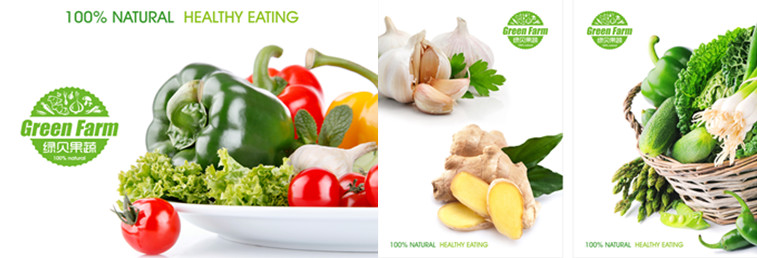Since Greek and Roman times we have been consuming garlic both for its taste and for its assumed health benefits. It is easy to tell whether the chef has added too much garlic to the salad dressing. It is not so easy to say whether garlic is good for your health.
Garlic (Allium sativum L) is a member of the onion family. It grows best in climates that have cool winters. Garlic does not grow well in hot climates. The quality of home-grown garlic depends on the seed bulb used, soil and growing conditions, and diseases. The most familiar type of garlic is the white skinned Common garlic. Elephant garlic (Allium ampeloprasum L) has very large cloves, but very little garlic flavour.
Garlic contains a wide variety of phytochemicals, but most attention has centred on allicin. Garlic, in fact, does not normally contain allicin. Allicin is formed when garlic is cut. The sulphur containing amino acid alliin is broken down by enzymes to form allicin. Allicin is relatively stable if it is kept cool, but starts to degrade when heated. As allicin breaks down, diallyl sulphides are formed.
Garlic is said to be good for cardiovascular problems due to its blood pressure lowering effects, blood lipid lowering effects and its anticoagulant properties. It is believed to treat cancer, and helps fight hepatic and microbial infections. There are reports that eating garlic reduces the frequency and severity of the common cold. However, most claims are not backed by sound scientific data. Reviews of the scientific literature conclude that, at the present time, there is insufficient evidence to support health claims and no mechanisms of action have been shown for garlic or allicin that explain the purported benefits.





